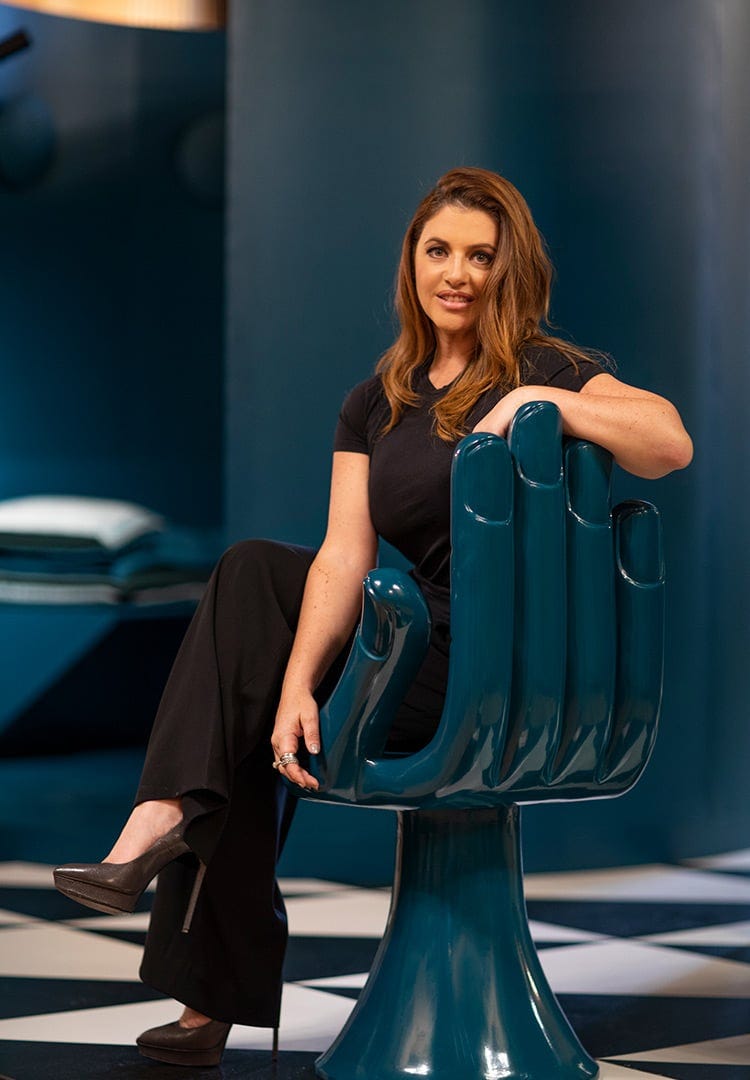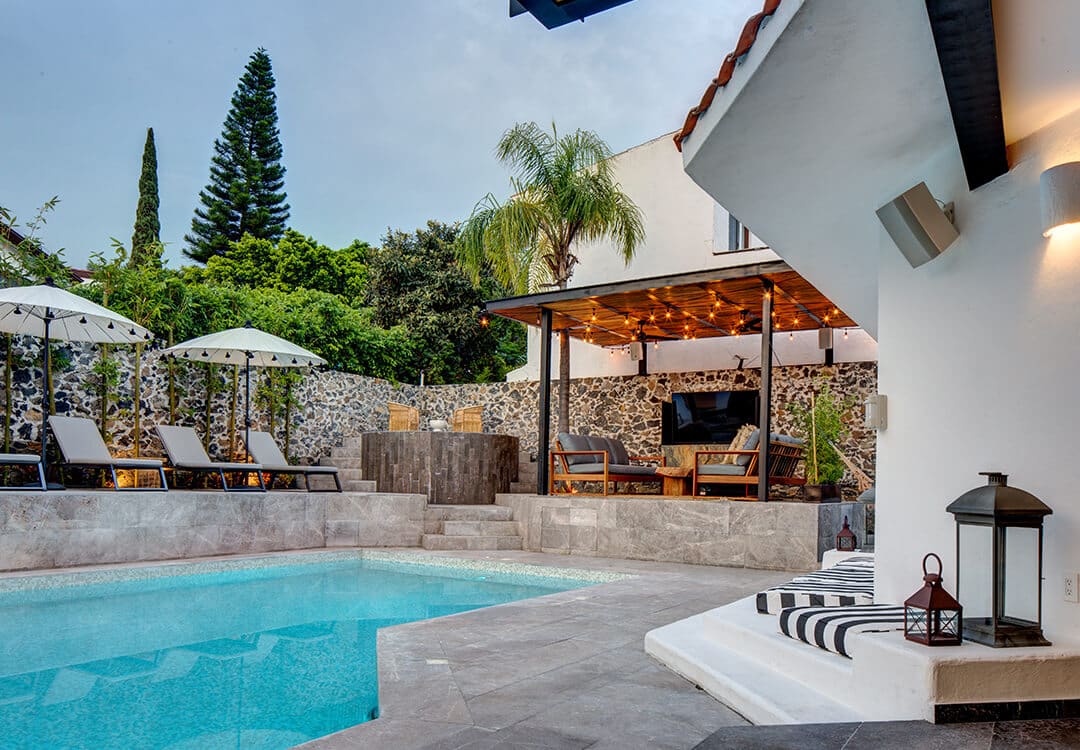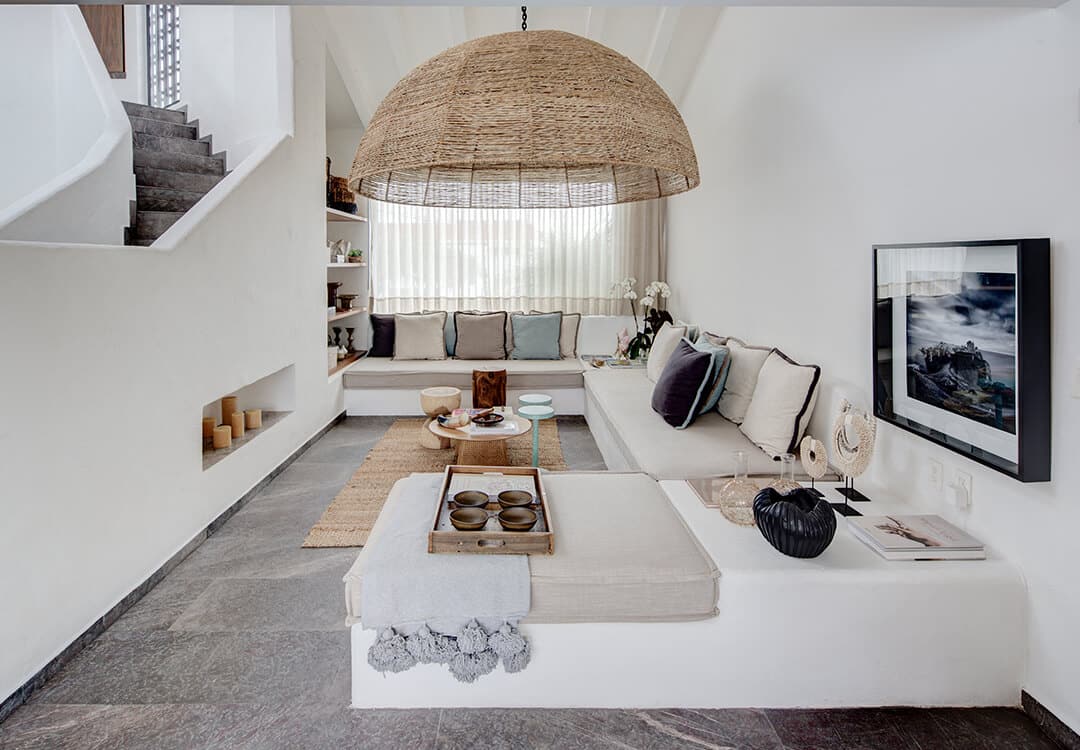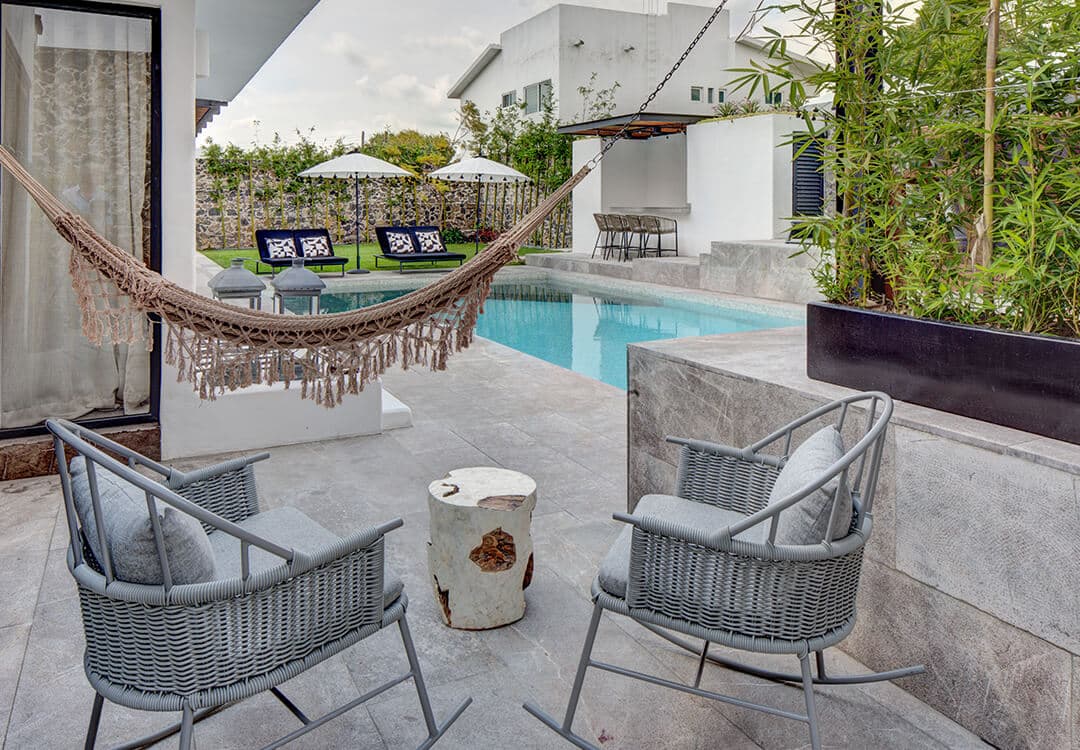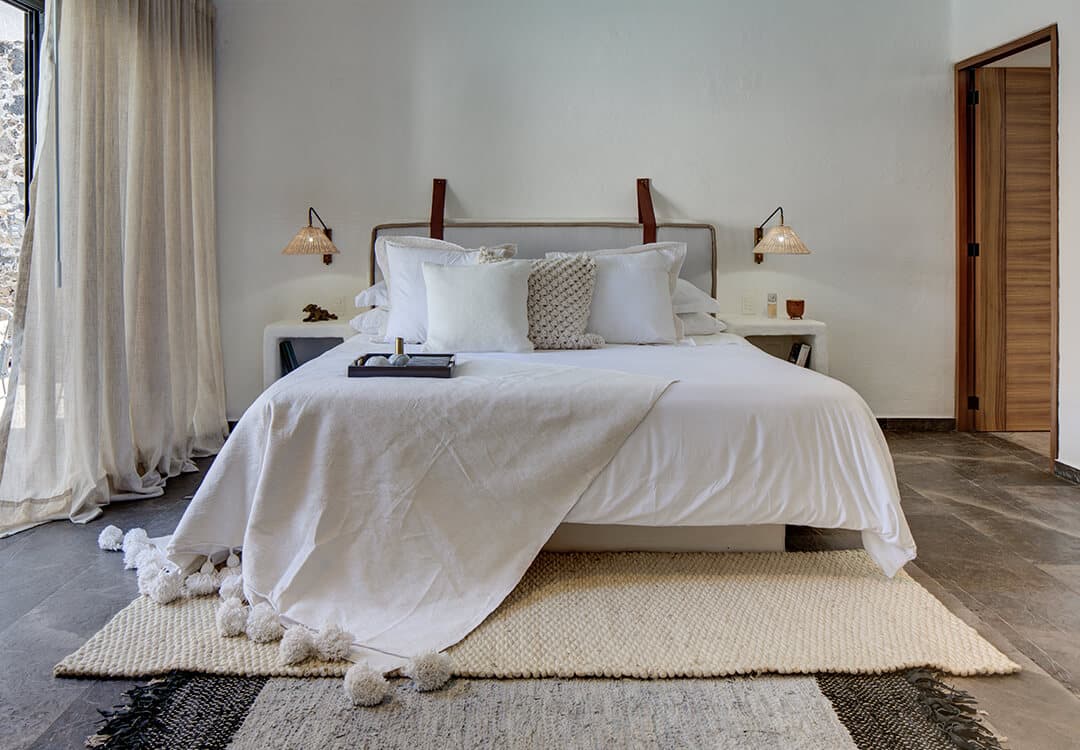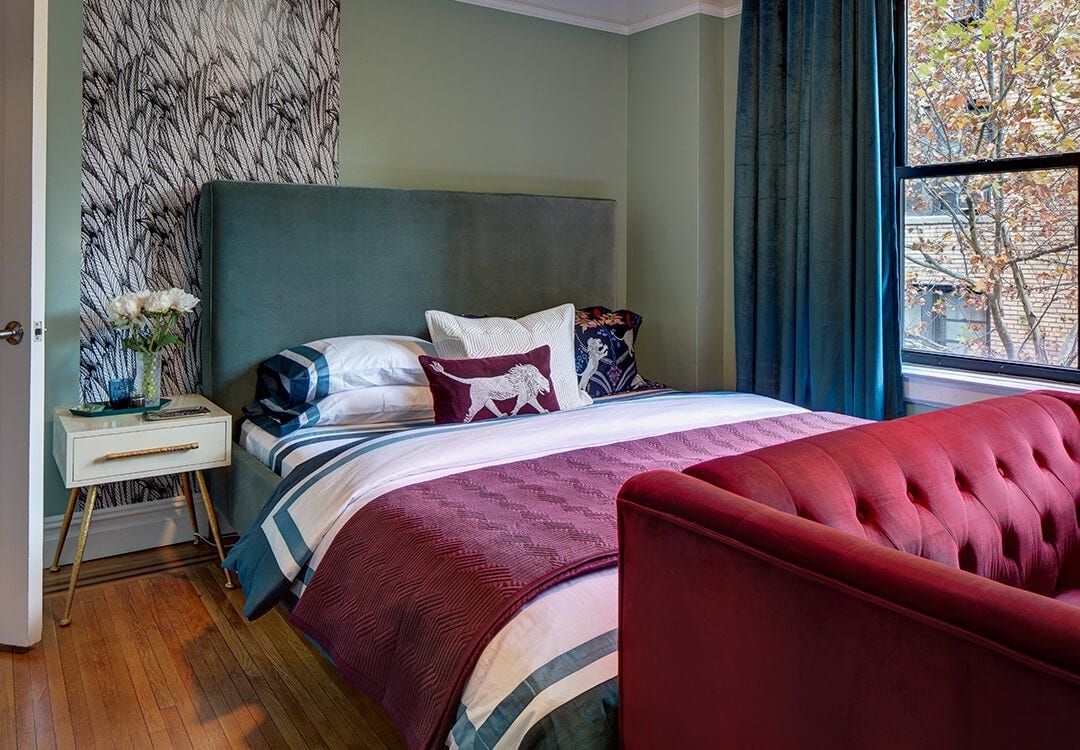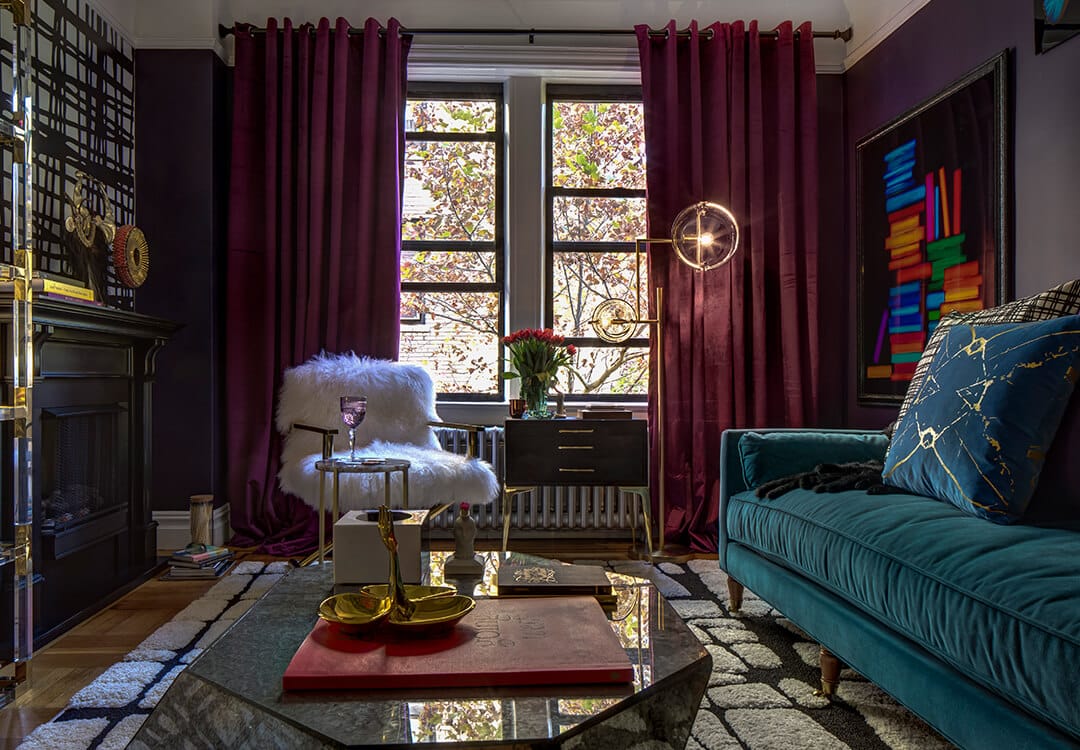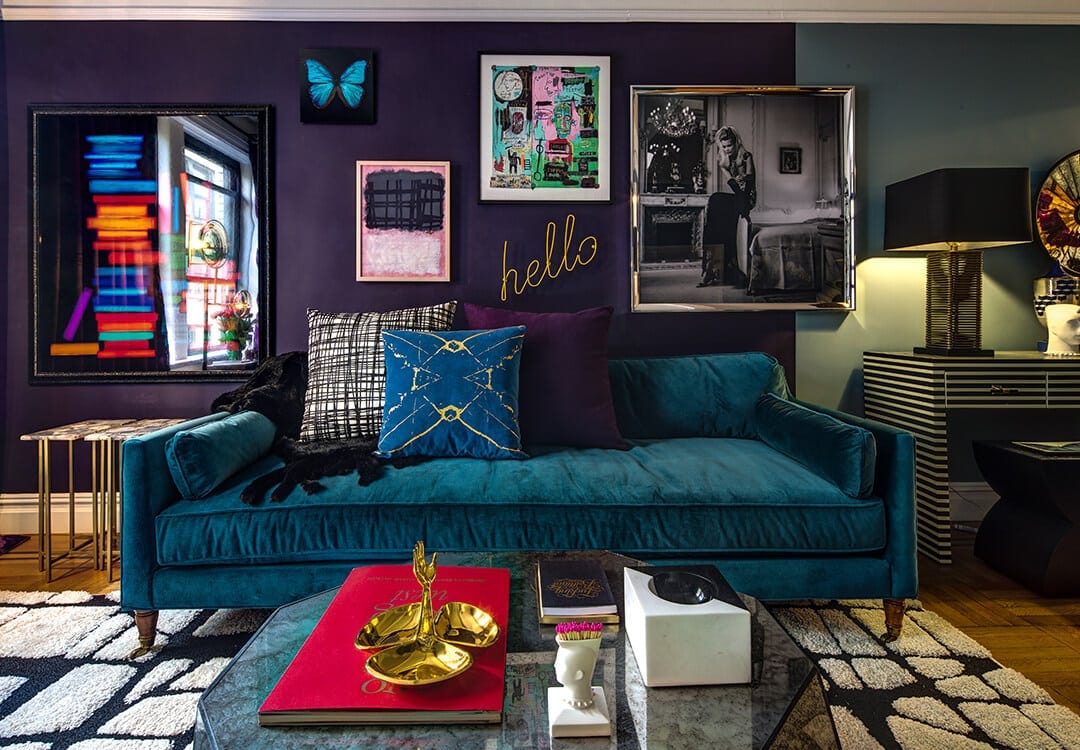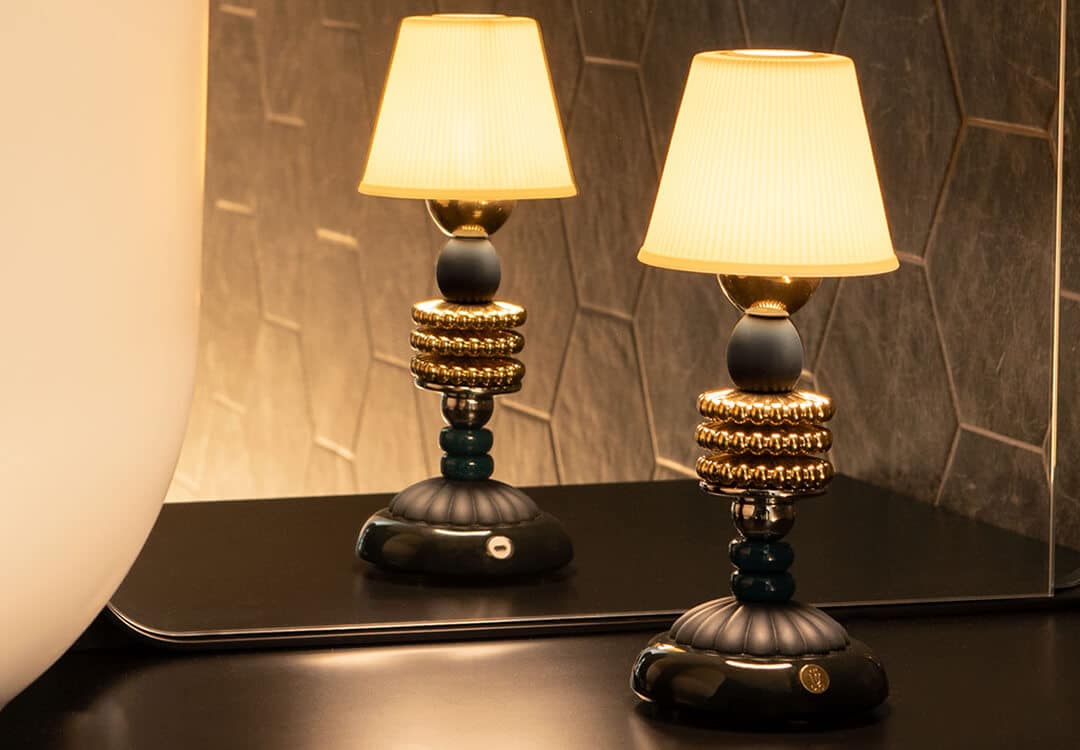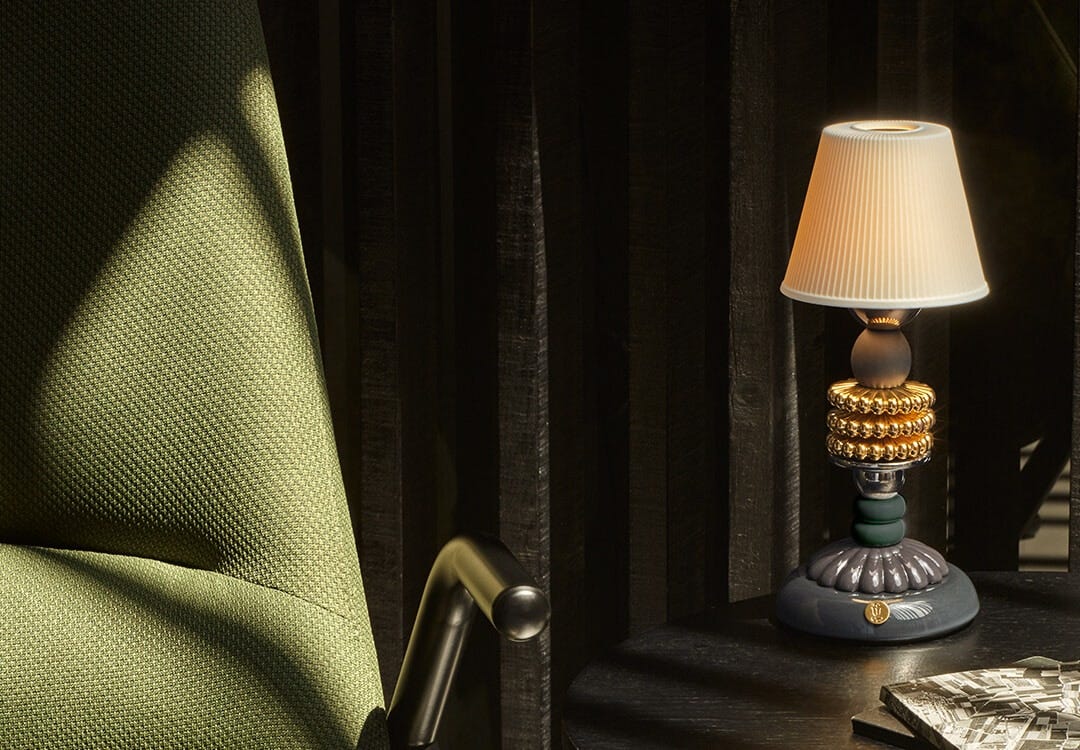The Mexican designer Olga Hanono makes the most of her three big passions design, art and architecture to build an impressive career dotted with numerous awards. Impossible to classify in one single facet, Olga finds her distinctive creative expression in what one might call a multidisciplinary eclectic style.
A few months ago, we presented Firefly by Olga Hanono at Casa Luis Barragán in Mexico City. Handmade in Lladró’s workshop in Valencia, this collection of versatile, warm and sophisticated porcelain lamps showcased the designer’s bold creative style, which breaks with convention yet without renouncing aesthetic elegance or functionality.
In this interview for Lladró Magazine, we asked Olga about how she uses light to transform interiors and create an intimate, cozy atmosphere.
Over the years you have designed installations, products, interiors… In which field are you most comfortable?
I believe that art and design are increasingly more interconnected. We are living at a time when creativity is recognized as one of its supreme qualities. As a person passionate about aesthetics, beauty and art, I feel very comfortable creating projects I can relate to on an emotional level, independently of whether it is product design, interiors or concepts.
Where do you find inspiration when you take on the project for a new interior?
For me inspiration is something that, with the passing of years, I have been able to identify and stimulate. In my twenty-two years’ professional experience as a designer, my inspiration has come from very different sources. But, without a doubt, one of the biggest influences for me is art: whenever I visit an exhibition, it triggers a creative energy that channels my aesthetic criteria, which is like a kind of radar that helps me to find the right artistic direction for a project. Another major influence that has inspired me ever since I was a young girl is fashion. I believe that fashion is a genuine expression of one’s personality and an outlet for creative freedom.
Do you see the role of lighting in an interior as purely functional or is it more creative and emotional?
For me lighting is the ideal means to create an ambience within a given space. With the right lighting you can create a magical setting that changes during the different moments of the day. So, when I think about the impact of lighting in a space, I am also taking into account the emotional aspect.
How would you describe the potential of lighting?
Lighting has a very powerful effect. It has the ability to completely transform the atmosphere, the space and people’s perception of it. There have been many moments when I would have liked to adjust the lighting in order to enhance the architecture and the atmosphere of a setting. Lighting has a direct impact on people’s moods and emotional states and how these moods affect our sensorial experience.
A multifaceted Mexican designer celebrated internationally in the art, architecture and design world. Her highly personal aesthetic and her renowned projects have been awarded on countless occasions. In 2018 she was named designer of the year by Worldwide Alliance of Interior Design, and was also awarded at the CIDI Ibero-American Biennial of Interior Design and Landscaping in the last four years. The creative process of her most outstanding projects is showcased in the book “The Art of Beautiful Living” (2019), published by Assouline, and in 2020 she was included in the world’s top 100 designers by Andrew Martin in Interiors Design Review
How would you describe the potential of lighting?
Lighting has a very powerful effect. It has the ability to completely transform the atmosphere, the space and people’s perception of it. There have been many moments when I would have liked to adjust the lighting in order to enhance the architecture and the atmosphere of a setting. Lighting has a direct impact on people’s moods and emotional states and how these moods affect our sensorial experience.
The style of your interiors is always marked by a balanced touch of risk-tasking.
Do you think this boldness can also be transferred to the world of lighting?
As my style is progressive and modern, it reflects my perception of the space. I like to transform by using various elements that might seem casual at first sight. However, to achieve the right balance between innovation and continuity, I like to explore different possibilities. When you alter essential factors in a way that most people would never have imagined, the result is usually totally unexpected and innovative. In short, I follow the same principles when it comes to lighting: I like to completely rethink the design, the form and the artistic element it brings to the space.
Is there a perfect balance between natural and artificial light?
I do believe that balance exists. Having said that, on many occasions one has to control the intensity and direction. We can use architecture and design to play with natural light and create enigmatic settings that promote the organic coexistence of artificial and natural lighting. This synergy is the maximum that any project can aspire to. Analyzing and perceiving the proportion and direction of natural light is vital in the proper design of lighting.
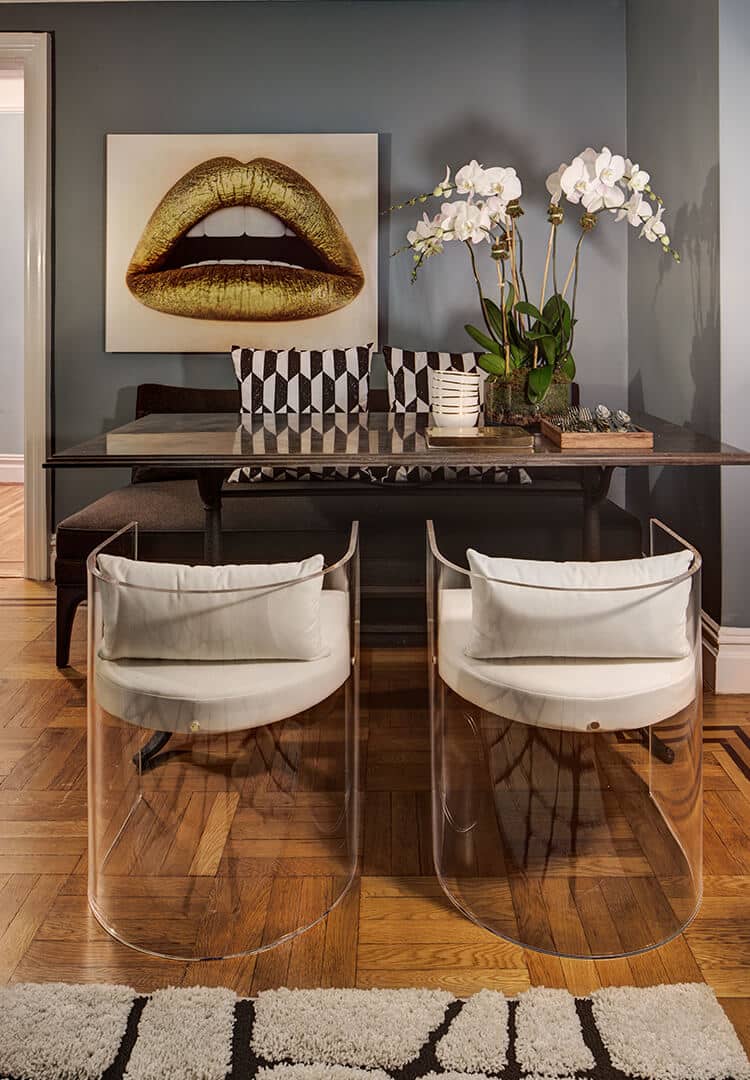
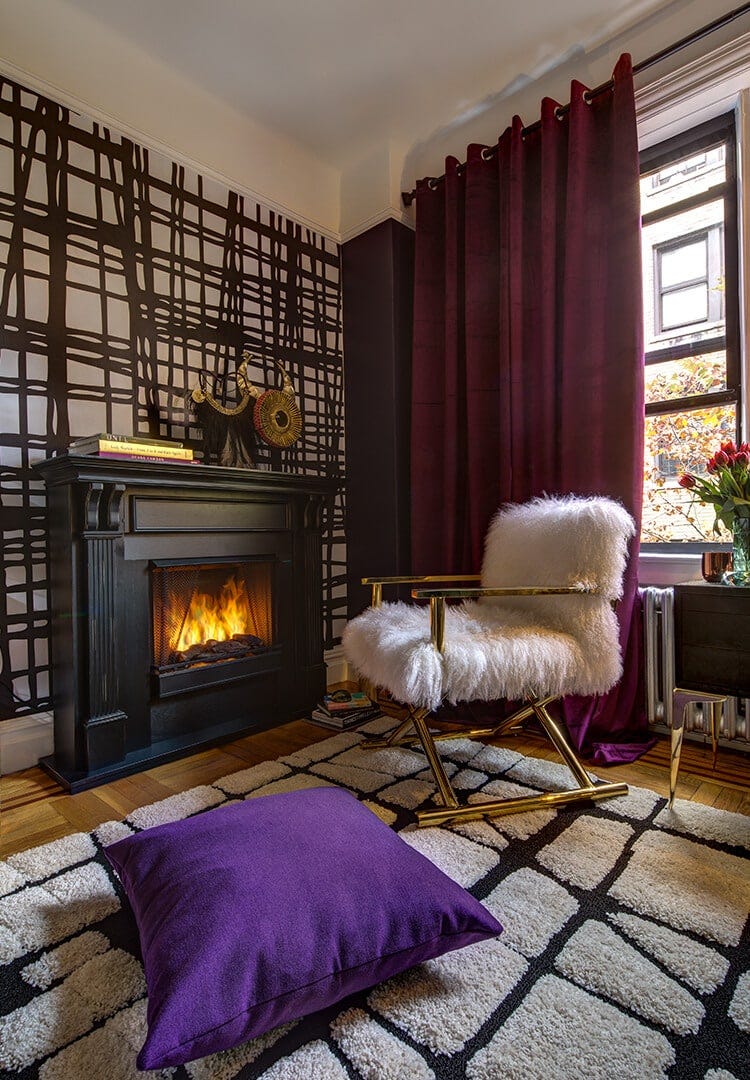
Of all the projects you have worked on, which one would you highlight for the use of light?
For me, one of the most fascinating projects was my exhibition at the National Museum of Art of Mexico, where the museography and curatorship played a critical role in the selection of objects and the design of the various displays. The lighting was incredible and really enhanced the presence of the artworks, integrating color and the majestic architecture of the museum itself.
How do materials influence the design of lighting?
Materials are absolutely key in the designer’s creative process. It’s all about how to bring material and inspiration together: talent and ingenuity lie in expanding the limits of materials and coming up with new formats in each new product.

